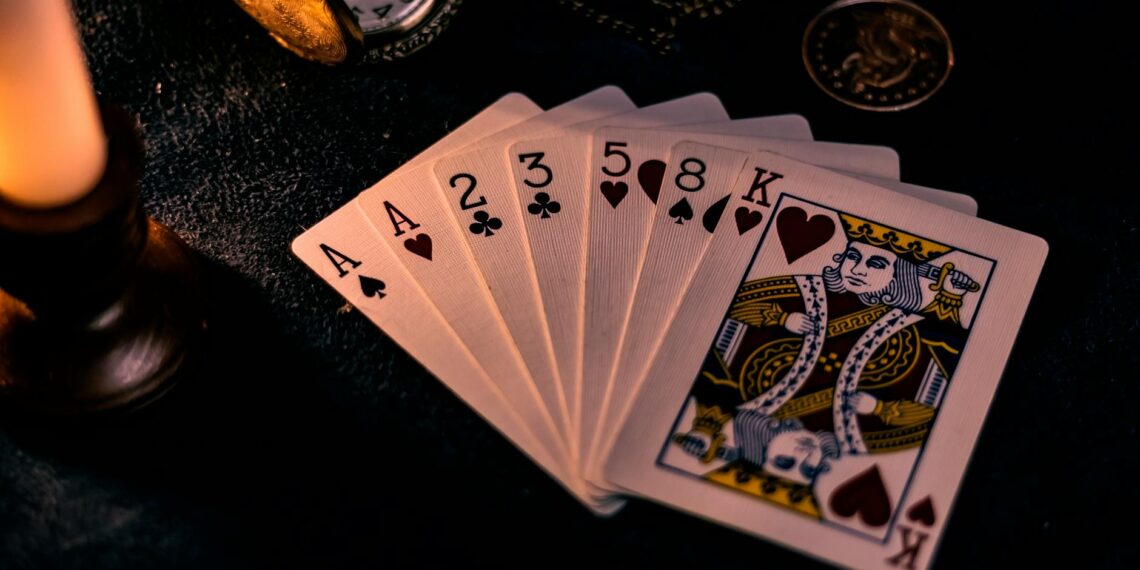A double die coin (more accurately termed doubled die) is a coin with a minting error where the die used to strike it has been imprinted with the design multiple times in slightly misaligned positions. This causes elements of the coin’s design, like lettering, dates, or other features, to appear doubled or overlapping.
- Cause: Doubled dies occur during the process of creating the coin’s die (the metal stamp used to strike the design). If the hub (which imprints the design onto the die) is not perfectly aligned during successive impressions, the finished die will have a doubled image.
- Appearance: Doubling can range from subtle to quite prominent. You might see clear doubling on inscriptions like “LIBERTY” or “IN GOD WE TRUST”, dates, or other design elements.
- Identification: A magnifying glass or loupe is often needed to detect doubling, especially in more subtle cases. A key indicator is a distinct, raised doubling, as opposed to a flat or smeared effect which may indicate other types of errors like machine doubling.
- Value: Doubled die coins are considered varieties of coins and are highly collectible. Their value depends on factors such as the extent of the doubling, the coin’s condition, and its rarity. For example, a well-preserved 1955 doubled die penny can be worth thousands of dollars.
It is important to distinguish doubled die errors from other types of coin doubling that occur during the striking process, rather than die creation.
- Double-struck coins: These coins are struck more than once by the coin press, resulting in flattened or partially obliterated designs.
- Mechanical doubling (ejection doubling/shelf doubling): This occurs when the die moves slightly or bounces during the strike, creating a smeared or shelf-like doubling. These are not considered die varieties and are typically not as valuable as true doubled dies.
In summary, a doubled die coin is a valuable minting error that is identifiable by the clear and raised doubling of design elements, caused by a flaw in the creation of the coin’s die.









Are double die coins worth anything?
Good point! While most doubled die pennies are worth $10-20 or less, some rare specimens can sell for thousands or, in the case of the ultra-rare 1958 doubled die penny, millions. Condition plays a major role in determining the value of a doubled die penny.
What is an example of a double die?
1955 Doubled Die Obverse Lincoln Penny
One of the most popular double die Lincoln penny examples is the 1955 DDO. The doubling on the obverse inscriptions, particularly “LIBERTY” and “IN GOD WE TRUST,” is unmistakable. We are talking ghost text levels of doubling, visible even without magnification.
What is the meaning of double die?
Thanks for asking. Doubled die (also known as hub doubling) is a term in numismatics used to refer to a duplication of design elements on a working die created due to a misalignment of the die or hub during the hubbing process. Strength of the doubling can vary from very slight and isolated to extreme and widespread.